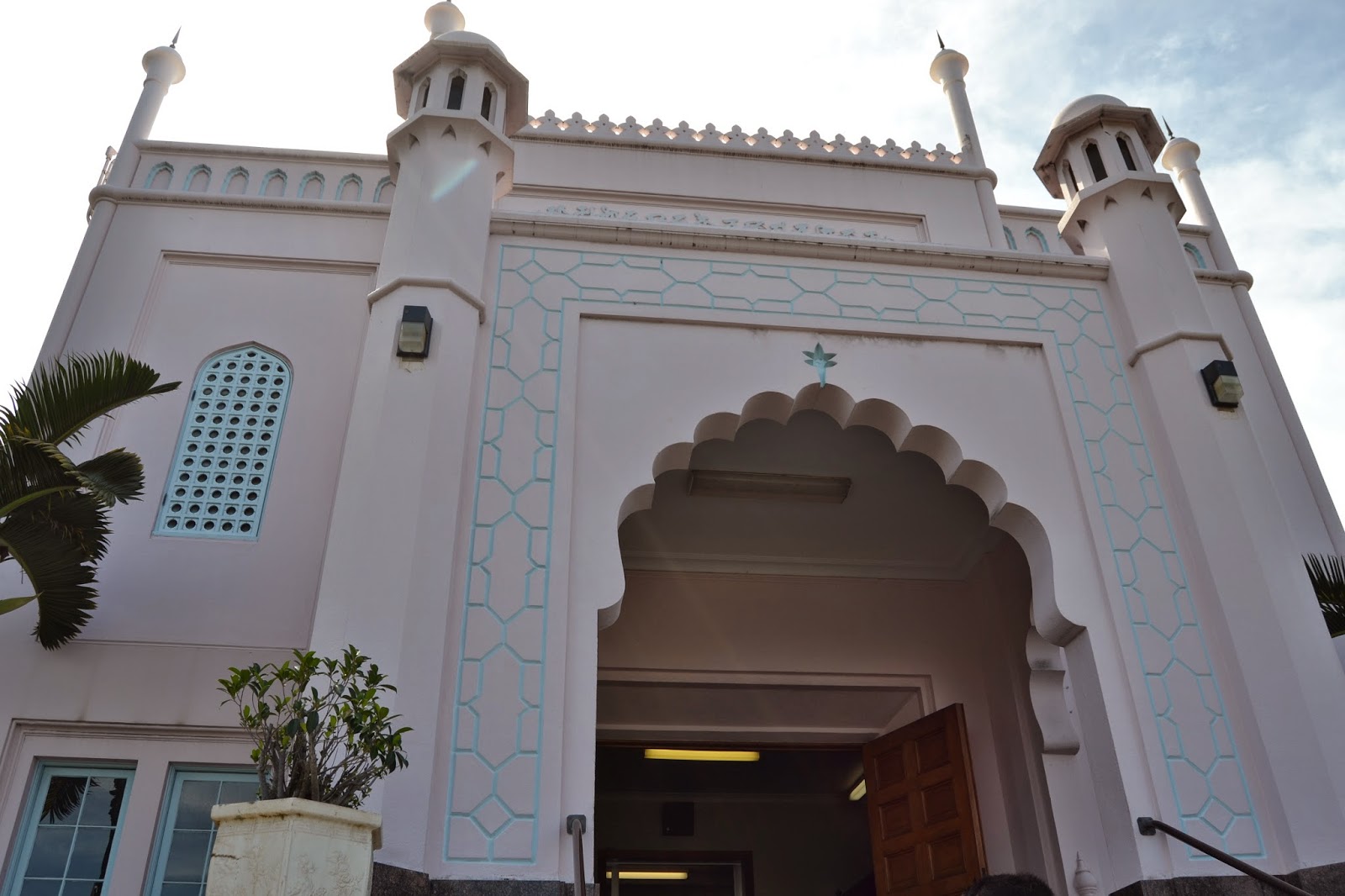“Hanamatsuri” (花祭りor 花祭), literally meaning “Flower Festival”, is a Buddhist holiday in Japan celebrated annually on April 8th to commemorate Buddha’s birthday. Even though it is not a national holiday, many Japanese citizens observe this religious holiday. Buddha is known to be an Indian prince who lived around 2,500 years ago. Buddha is one of many names, such as “Siddhartha Gautama” or “Gautama Buddha”. However, generally in Japanese culture, he is referred to as “Shaka-sama” (釈迦様). The name “Buddha”, meaning “enlightened one”, reflects upon Buddha’s great wisdom and virtuous spirit. “Enlightenment”, as defined by Soka Gakkai International, is “a fully awakened state of vast wisdom through which reality in all its complexity can be fully understood and enjoyed.” Buddhist teachings preach that enlightenment can only be achieved after committing to multiple lifetimes of selflessness.
https://blogger.googleusercontent.com/img/b/R29vZ2xl/AVvXsEjysioTkivr76X-mTqcBh1eIpQPrFpR4_06Mh6mZAKEISKhInIxVtD1y6dRP9_LOer6PfHFnIFUHgGltJrFONIVJ7ogg_N144Lns83m_ChkewEctkcLxIHJOGn-sm4cIChEsAZ4tNYGSHg/s1600/dreamstimefree_731543.jpg
Sources:



































